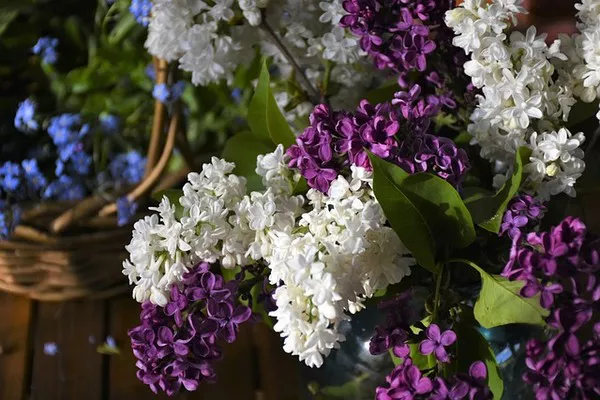A research team from the Universities of Cologne and Potsdam, in collaboration with the Max Planck Institute for Plant Breeding Research, has unraveled the remarkable adaptability of the thale cress (Arabidopsis thaliana) within the streets of Cologne. Their study, featured in the Journal of Ecology under the title “Environmental filtering of life-history trait diversity in urban populations of Arabidopsis thaliana,” exposes the diverse life cycle characteristics of regional thale cress lines, shedding light on their ability to tailor reproduction to local environmental conditions.
The scientists, affiliated with the Collaborative Research Center/Transregio 341 “Plant Ecological Genetics,” identified a significant phenomenon termed “environmental filtering.” This process effectively sifts out unsuitable plant lines, ensuring that only those with adaptive traits survive in specific regions. Anja Linstädter, now a Professor in Biodiversity Research at the University of Potsdam, emphasizes the fascination of discovering that this process operates not only at the species level but also within different lines of the same species.
Arabidopsis thaliana, a common model organism in plant research, is typically studied through descendants of a single individual known as Col-0. However, the study reveals that naturally growing plants in Cologne exhibit a multitude of lines, highlighting the ecological diversity within the city’s streets.
Dr. Gregor Schmitz, the first author of the study, collected the plants during his daily commute, observing their growth in various environmental conditions, including pavement cracks and highly disturbed habitats. Genome sequencing revealed that urban lines were not more related to each other than to lines from a broader region.
Surprisingly, the researchers uncovered substantial differences among A. thaliana populations in Cologne concerning life-cycle traits. These differences contribute to the plants’ persistence in habitats that vary in human disturbances, such as weeding or mowing. The genetic diversity observed throughout the city is not randomly distributed but aligns with specific differences in urban environments.
The study identified A. thaliana lines in Cologne streets that exhibit diverse responses to environmental challenges. Some lines use cold to regulate flowering, while others flower rapidly after germination without relying on cold conditions. Additionally, variations in seed dormancy were observed, with some lines becoming dormant in response to high temperatures, unlike others.
Professor Dr. Juliette de Meaux, spokesperson of CRC TRR 341, expressed their surprise at the extent of diversity across such a small area and underscored the admiration for how this diversity correlates with the gradient of environmental disturbance in the streets.
Continuing their investigation, the scientists aim to explore how environmental heterogeneity selectively influences specific genetic variants of urban Arabidopsis thaliana plants in Cologne. This study not only enhances our understanding of urban plant evolution but also holds implications for the broader field of plant ecology and adaptation.


